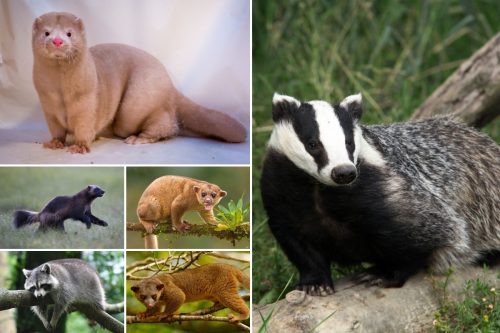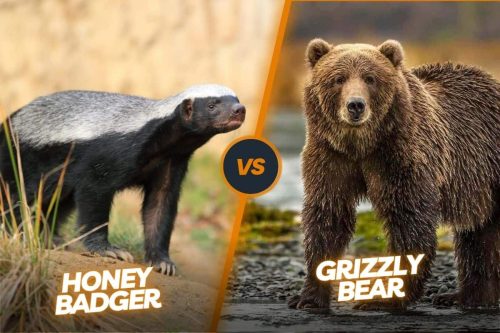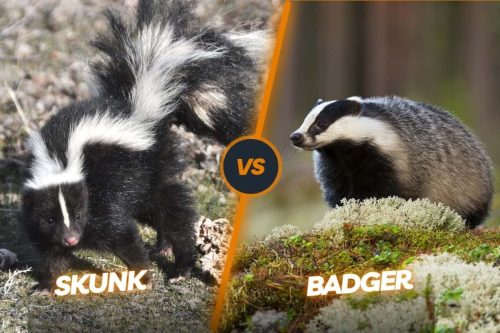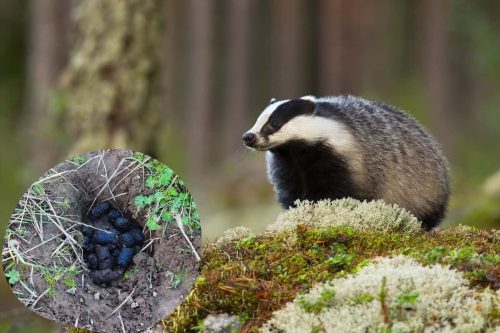American Badger Vs European Badger: 10 Key Differences
The main difference between an American badger vs European badger is in the form of size, appearance, diet, behavior, and geographical location. Although they belong to the same Mustelidae family there are a lot of differences in their features. Many people are confused about the appearance of these badgers. People sometimes intermix them. In this article, we are going to highlight some key differences as well as similarities between these animals in detail.
Before starting the comparison between these two badgers, we need to know some basic information about them like their geographical location, habitat, and style of living.
Contents
American badger – Taxidea taxus
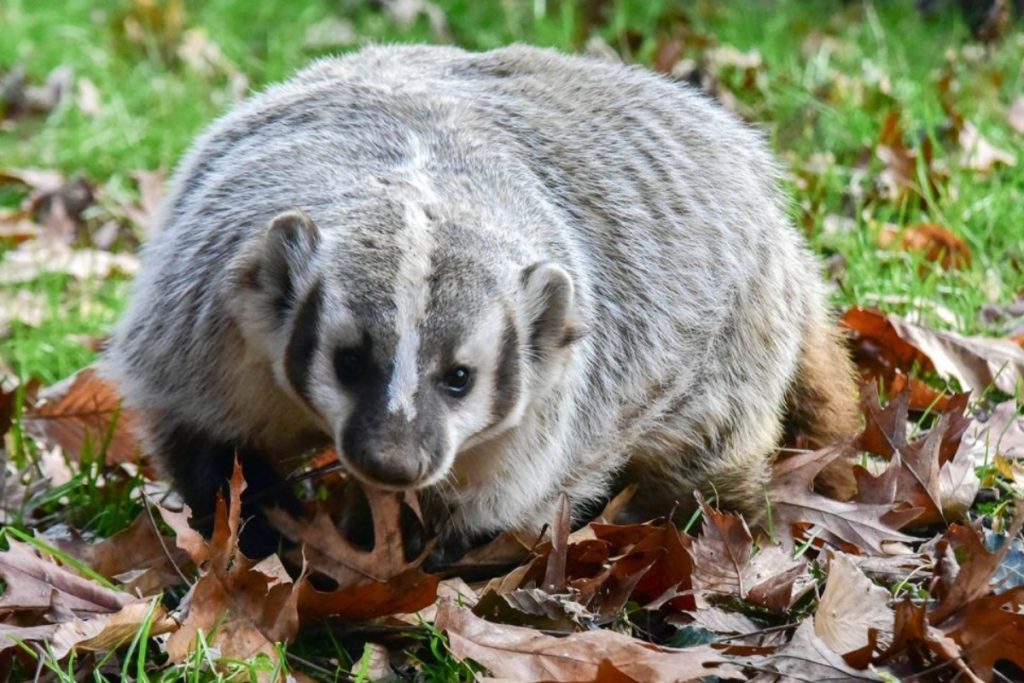
The American badger which is also called the North American badger has almost the same appearance as the European badger. Mostly, it exists in the United States, Northern Mexico, and Canada. Moreover, it has also been found in British Columbia. They like to live in open grasslands where they could easily find their prey like groundhogs, mice, and squirrels. They also prefer loam soils where they can dig easily.
However, most of their physical properties like stocky flat bodies and powerful short legs are almost similar to other badgers. But they are easily distinguishable from their head markings and huge claws.
European or Eurasian badger – Meles meles
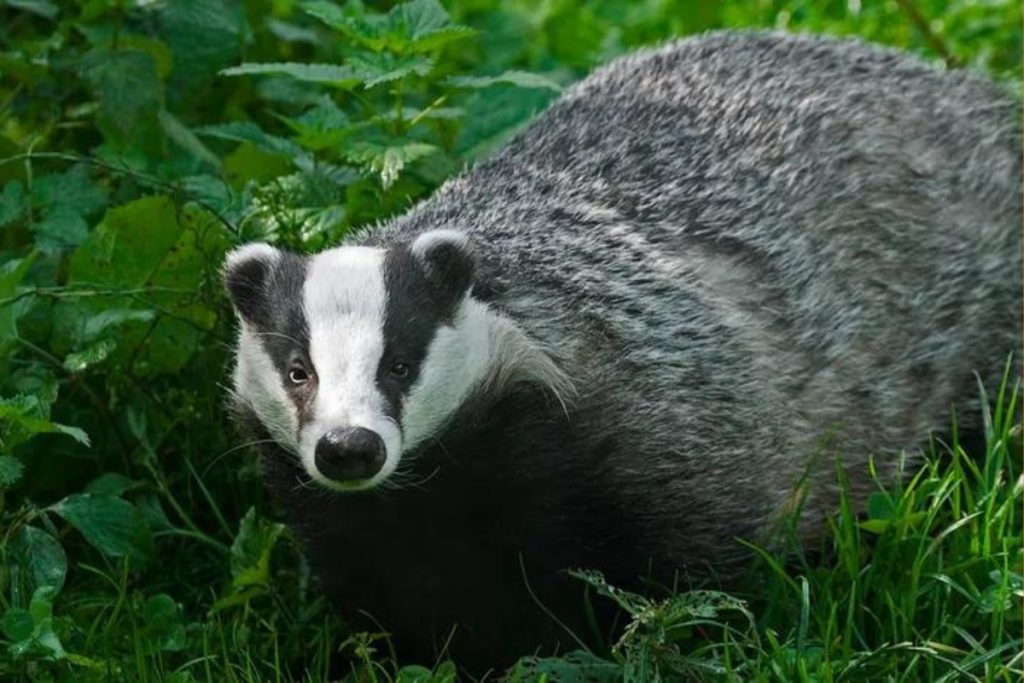
The European badger belongs to the genus Meles family and is found throughout all over Europe. They are short-head animals with stocky wedge-shaped bodies and short tails. They have strong elongated claws which are extremely powerful and extremely helpful for digging purposes.
The claws are gradually worn away especially in old age after continuously using them for digging purposes. They have very small eyes and short but tipped ears. They can neither stand erect nor flex their body parts easily like honey badgers. However, they can move very quickly on very short notice.
See details about badger vs Honey badger here.
We can analyze from this basic information that both of these badgers might exhibit the same features but they live in wholly different kinds of atmospheres and habitats and they accordingly adapt themselves for adjusting to their environment. Let’s have a brief look at the differences in their size, weight, diet, behavior, appearance, etc.
American badger vs European badger – Comparison
| Characteristics | American Badger | European Badger |
|---|---|---|
| Size | 20-30 inches | 25-45 inches |
| Weight | 20-30 pounds | 20-40 pounds |
| Appearance | Gray & brown fur, white marking goes from nose to tail. | Black & white fur, white lines around eyes, Rounded body. |
| Diet | Birds, squirrels, snakes, gophers. | Insects, grains, small mammals, and earthworms. |
| Behavior | Solitary animals and sometimes hunt with coyotes. | Socialize and also hibernate in the winter |
| Geographical location | United States, North Mexico, Canada | Europe and Asia |
| Reproduction | Polygamous | Polygamous |
| Lifespan | Up to 14 years. | Up to 14 years. |
| Conservation | Least concern | Least concern |
Key differences between American badgers vs European Badgers
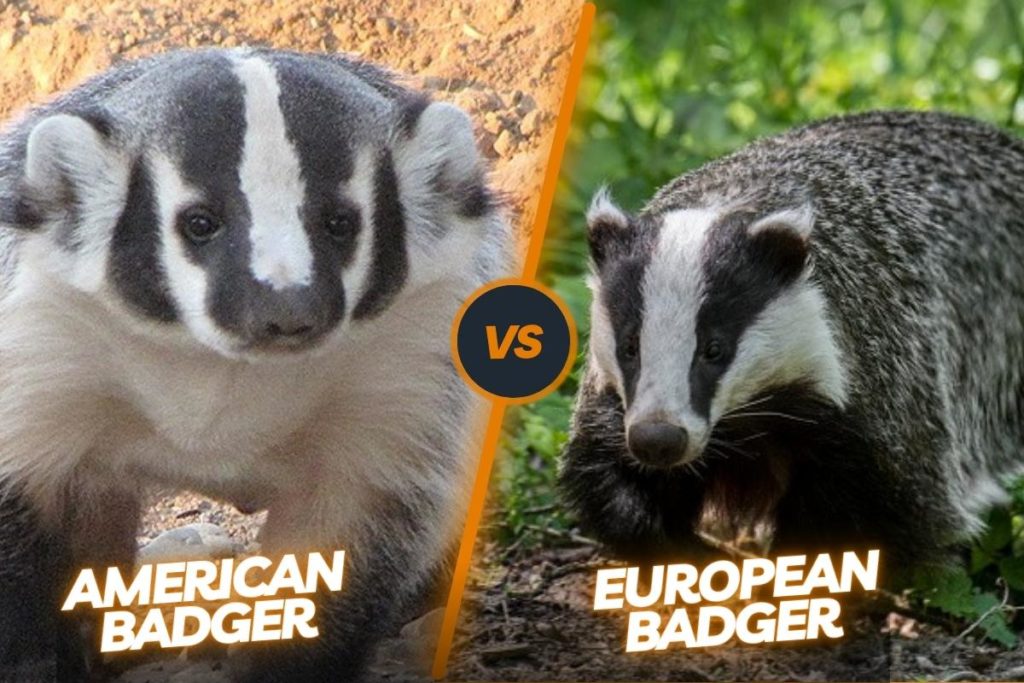
Size
The key difference between these badgers is in their sizes. European badgers are larger than American badgers. On average, the American badgers have a maximum height of 30 inches while the European badgers could easily reach up to a height of 45 inches.
Weight
As you know, the size of a European badger is more than American badger. The European badger also has more weight than the American badger. However, it all depends upon the season. They will have more weight in the fall than spring season as they gain weight while doing preparations for the winter season.
Usually, American badgers weigh in the range between 20 to 30 pounds while European badgers weigh is between 30 to 40 pounds.
Diet
As you know, both of these badgers are omnivorous, but there exist some differences between these badgers in terms of their diet. American badgers usually hunt gophers, birds, squirrels, mice, snakes, etc. But European badgers like to eat earthworms like insects, or plant matter as the primary source of their diet. They could also like to eat small mammals like birds but they don’t prefer these things.
Behaviour
Few differences also exist in terms of their behavior. For instance, American badgers like to live alone but on the other hand, European badgers like to live in social groups. Moreover, American badgers never hibernate but European badgers hibernate in the winter.
American badgers sometimes like to collaborate with coyotes especially when they go for the hunt but European badgers don’t exhibit this feature. European badgers have a vast swathe of population in the European as well as Asian continents but American badger has not very much great population in North America.
Appearance
At the first encounter, it might be difficult to differentiate between the American badger and the European badger. Some people usually intermix them. But you can identify them from their physical appearance.
If we look at the fur, the American badger has gray and brown color fur while the European badger has a black and white color coat of fur. The white markings on the face of the European badger are quite clear but these are in a haphazard manner on the face of the American badger.
When it comes to tails, there is not much big difference as both have short tails but the American badger has more bushy tails than the European badger.
Overall, both of these badgers have the same rounded, stocky, wedged-shaped bodies with very short legs and powerful claws for digging purposes.
Habitat
It is quite easy to identify their geographical location or habitat from their names as American badges live in North America and European badgers are found in the European continent.
Lifespan: American badger vs European badger
There is not much difference in their lifespan especially if they are living in the wilderness. Both of these badgers could easily live up to a decade in the wilderness unless they have to face some serious health or environmental hazards.
They don’t reach the age of maturity until they become one year. Sometimes, it could also take 18 months. However, female badgers fully reach the age of maturity when it becomes 2 years old.
Reproduction
They both show polygamous attitudes and breed only once a year. They normally mate in summer and their peak breeding season lies between February and May.
European badger normally reproduces based on their population in the region where they live. In the areas, where they are living in solitary, all the female badgers give birth to children but where they live in groups only the dominant female member like to produce children.
However, both of these species can delay implantation to choose the most suitable time for giving birth. Usually, European badgers have a gestation period of up to 12 months while American badgers have 6 weeks gestation period. They can give birth to up to 5 or 6 offspring at a time and wean their cubs for up to 2-3 months.
Conservation
Both species are found in very abundant quantities in their habitats. They are not threatened in terms of their population size. Still, these animals are being protected in some regions of the world where they exist in a very minute quantity.
You could easily trap or hunt these animals in almost all the states of the USA. But some regulations still exist in some states. Hunting season also varied in European countries. Only 2 % of countries have allowed it throughout the whole year. Most countries only permit to hunt these animals for a maximum of 6 months.
Dangerous: European badger vs American badger
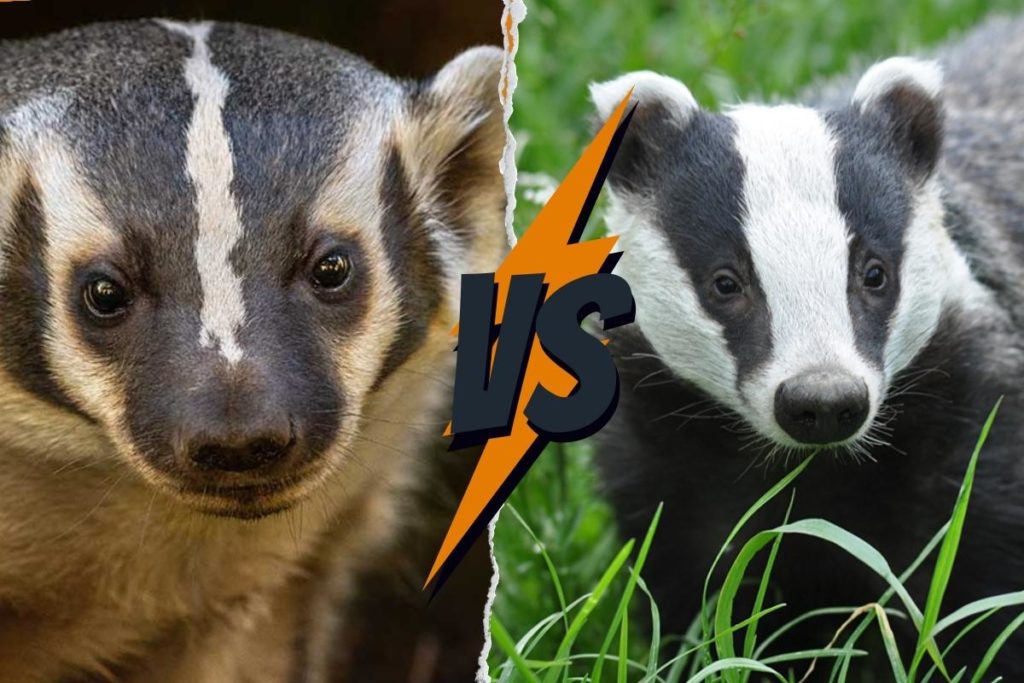
If you want to know about the level of danger from these animals, then it is impossible to predict as both of them are wild animals and they could act violently whenever they want. That’s why people don’t keep them as pets. However, it is a very rarely reported incident that humans have been deliberately attacked by the badger. It could only happen when badgers felt threatened by human beings.
Frequently asked questions
Conclusion
American and European badgers might belong to the same family and exhibit a lot of similar features but there exist some differences in terms of size, appearance, aggressiveness, diet, etc. we have tried our best to highlight these differences and clear all your confusion about these species. I hope this article helps you in the exact identification of European and American badgers.

Izzy is an experienced ranch worker who has a passion for exploring nature and getting up close to wildlife. With her connections to various animal organizations, Izzy is well-versed in animal care and rehabilitation.

